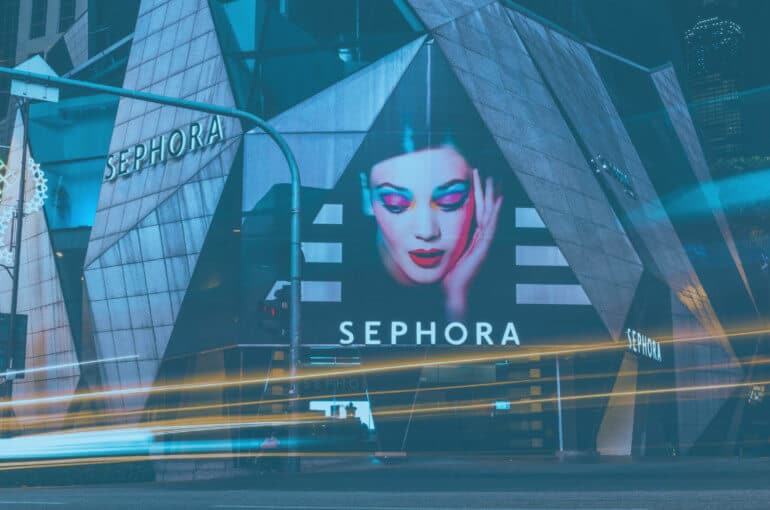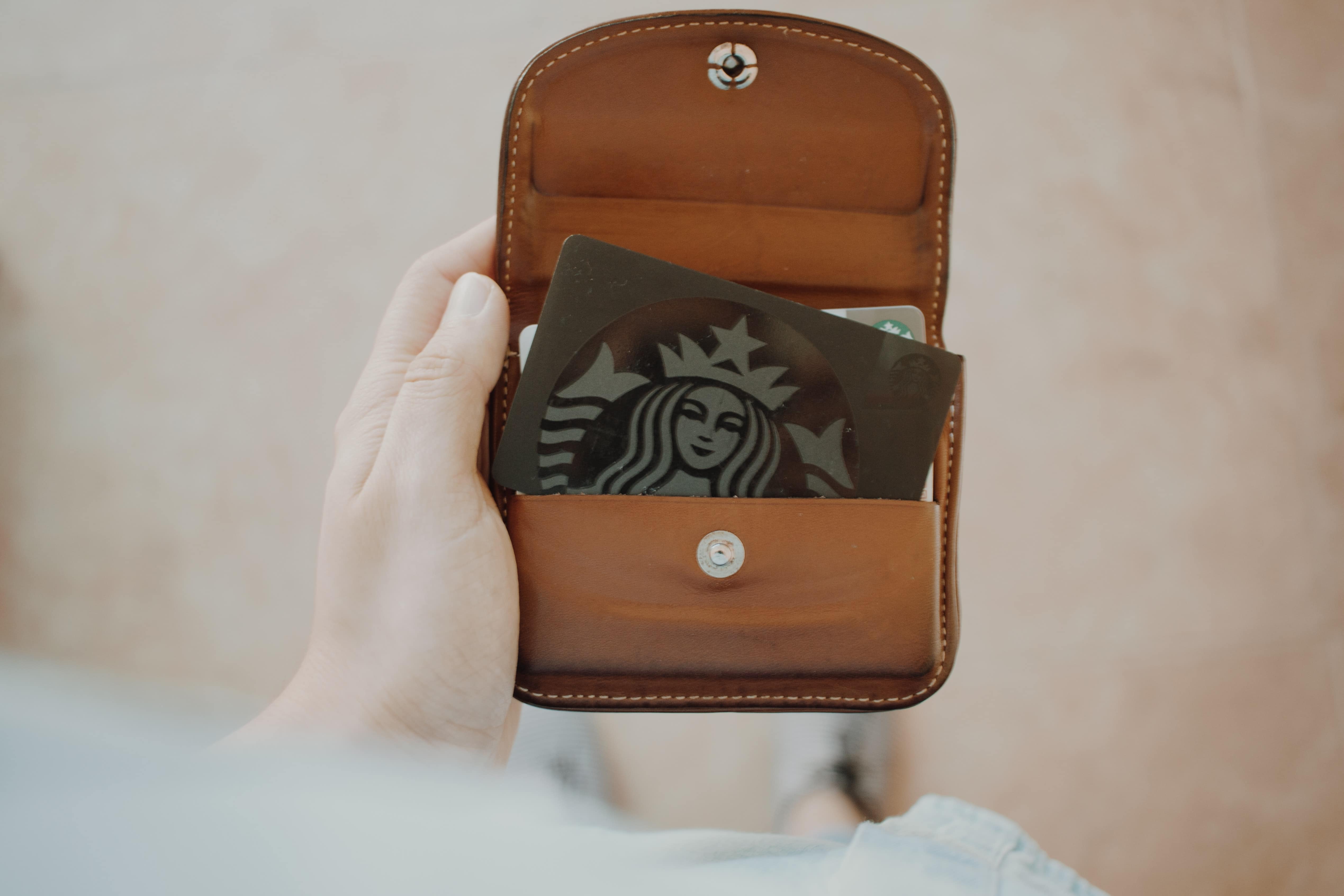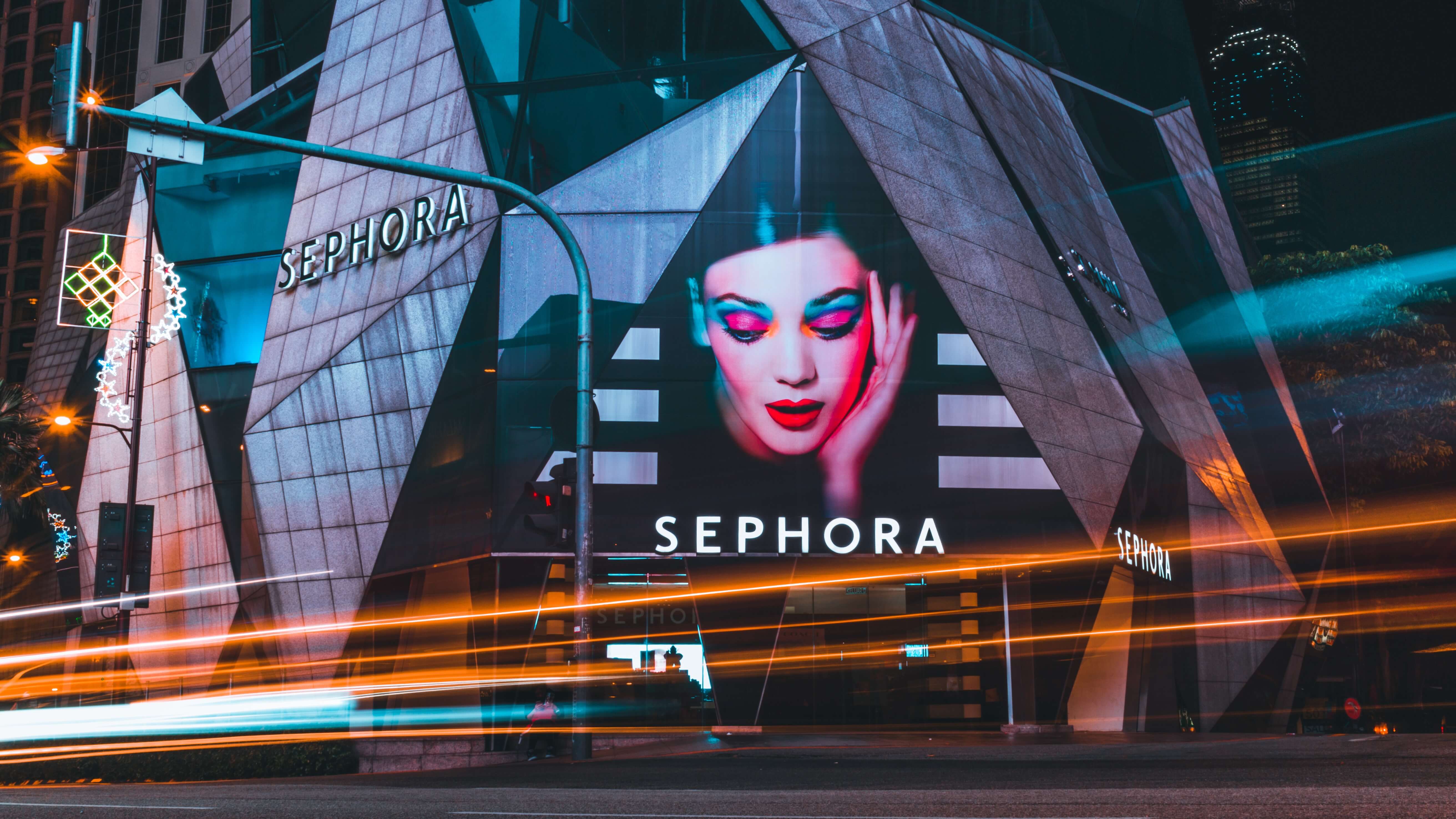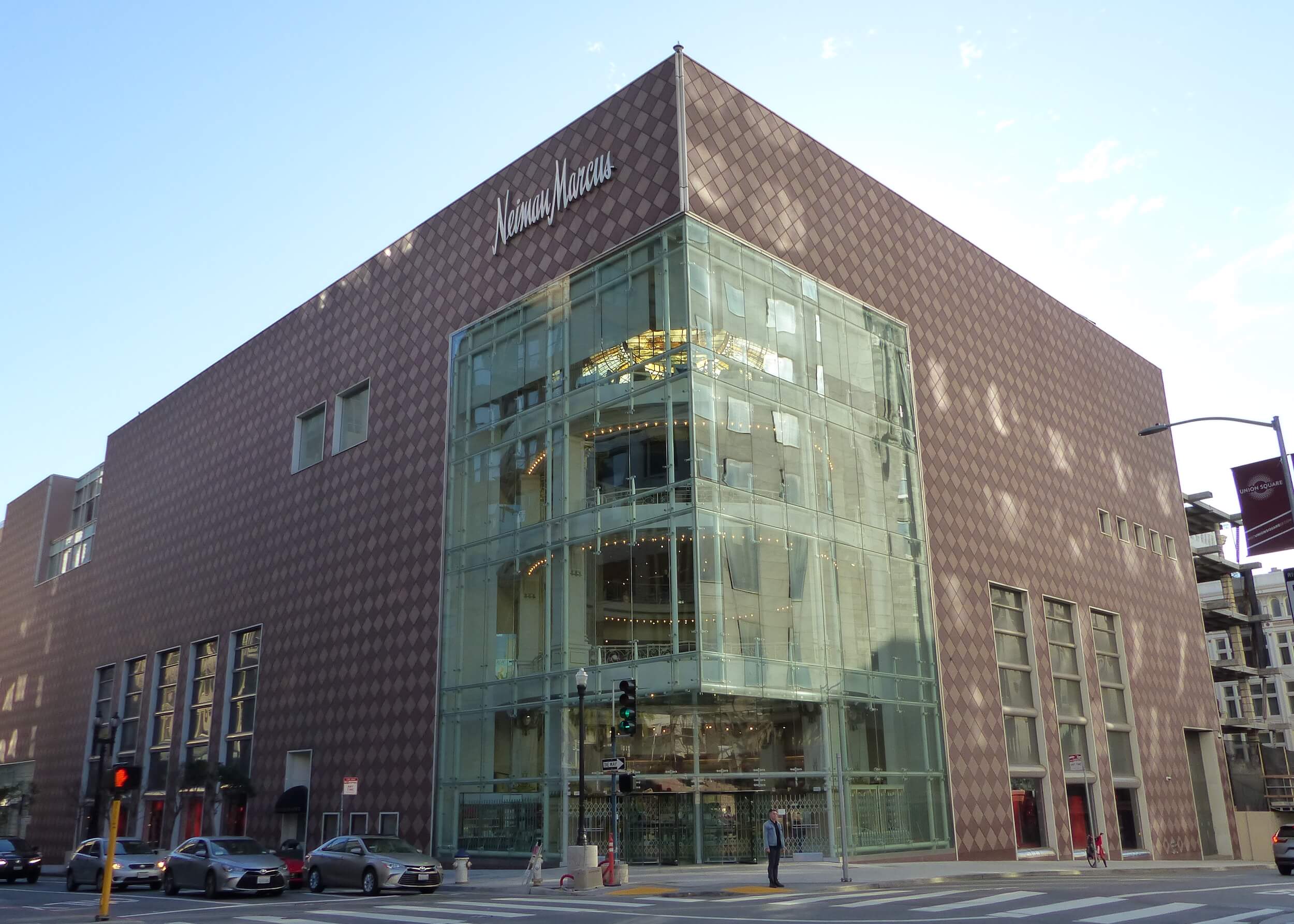Four Great Omnichannel Experiences

Count the number of devices, platforms and services that keep you connected in the digital world. With so many technologies integrated into our day-to-day lives, how can today’s brands ensure a consistent experience across all pathways and meeting points?
Whether it’s through desktop, mobile, tablet or in-store, you need a cohesive, holistic approach to deliver an omnichannel experience that consumers can use, understand and trust.
An Omnichannel Approach is Seamless
In an omnichannel marketing approach, every platform is integrated to provide a seamless customer experience. This is an emerging and sophisticated approach to marketing that allows for an immersive, interactive and interconnected exchange of information.
Establishing a strong omnichannel experience is extremely important because it makes it easier for customers to communicate with their favourite brands.
Establishing a strong omnichannel experience is extremely important because it makes it easier for customers to communicate with their favourite brands about their preferences and to get exactly what they need. This not only encourages more people to buy, but it also promotes a positive, long-lasting relationship.
Let’s put the omnichannel experience into perspective by looking at a few brands that have mastered its practice.
Omnichannel Experiences in Practice
Hermes’ Digital Futures Programme

For Hermes, a French luxury brand with more than 180 years handling in-store customers, the digital world provided challenges but also new opportunities to make a wider impact on the fashion industry.
Sara Gergovish, VP of Digital and E-commerce at Hermes, spoke at a panel about their new venture into social media, saying, “It’s been quite a struggle.”
Their solution was to establish a Digital Futures Programme to integrate the in-store and online experiences.
They started with a mobile shift, which provided in-store sales associates with tablets to look up inventory and email consumers about their products.
In 2018, they integrated their business with a delivery parcel communications platform, Imimobile, to provide a seamless experience using a multichannel messaging approach.
Hermes understood that home delivery was an important part of the online shopping experience and was able to become an industry leader with a 98.2% first-time delivery rate. Integrating their shipping experience into an omnichannel platform has enabled them to control the quality of their customer journey and ensure their customer experience is right at every touchpoint.
Starbucks’ Rewards App

Starbucks is considered to be one of the leading providers of an omnichannel experience. They’ve moved fast to adopt new technologies into all of their customers’ daily lives.
It all started in 2009 with the release of My Starbucks RewardsTM, which gave members personalised rewards that increased with the frequency of use. To encourage new members to sign up, they offer all a free drink for joining their loyalty programme.
The key factor that has made this programme so successful is that you can check and access your loyalty card on your phone, from the Starbucks website, in-store or on the app. Any time a change is made to an account, updates are recorded instantly and in real time.
Now, any customer that’s standing in line without enough money for a latte can reload their account and make a fast payment by the time they reach the cashier.
Sephora’s Omnitude

Sephora is a multichain personal care and beauty brand that integrated technology into their bricks-and-mortar stores to add more “omnitude” to their business.
In the Retail Gets Real podcast by the National Retail Federation, Mary Beth Laughton, Sephora’s EVP of Omni Retail, says:
“We coined this term ‘omnitude’ and it’s this idea that we’ll do whatever we can to delight our consumer wherever she’s shopping with us.”
Three-fourths of Sephora’s customers typically interact with them for the first time in a store with a preference for human interactions. From Sephora’s consumer data, it appeared that suggestions from a beauty advisor were a crucial element in the decision-making process for their products.
Sephora uses a combination of technology and personalisation to deliver an online experience that feels as if you’re at the store. For example, you can snap a picture of your skin and receive suggestions for a foundation that perfectly matches your tone.
Or, if you get a makeover in-store, you can have your information transferred into a digital makeover guide. This guide is sent to the consumer and provides them with seamless access to products used and recommended by a store associate with a one-click purchase for faster online shopping that women trust.
Neiman Marcus

Neiman Marcus is a luxury retail chain focused on making their omnichannel experience as seamless as possible by removing all barriers that separate how customers interact with the brand.
Jeff Rosenfeld, Vp of Customer Insight and Analytics, says, “Identity is the core of personalisation, and if you don’t get it right, you’re not talking to the entirety of that customer.”
To achieve their goal, Neiman Marcus implemented “smarter” digital channels to provide recommendations.
For example, when a customer is searching for size 9 or 9.5 shoes or a dress in 11 to 13, their company website will remember their preference. The next time that person searches on the site, they will see results according to their size preference and availability in the nearest bricks-and-mortar store. By using geolocation, the store can provide relevant information on new arrivals and local events to encourage customers to interact with the brand.
This “smarter” technology is also incorporated into email marketing and dynamically printed in various direct mail campaigns to deliver a consistent omnichannel experience.

